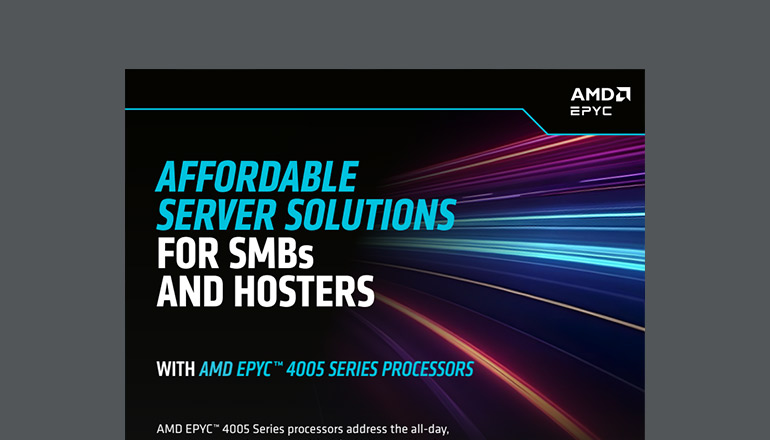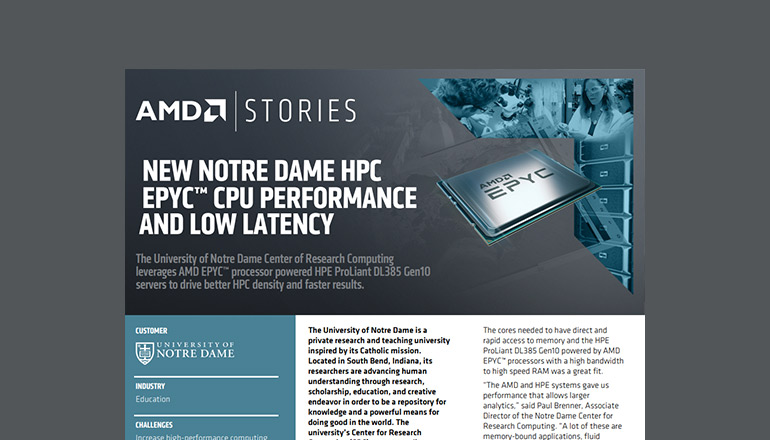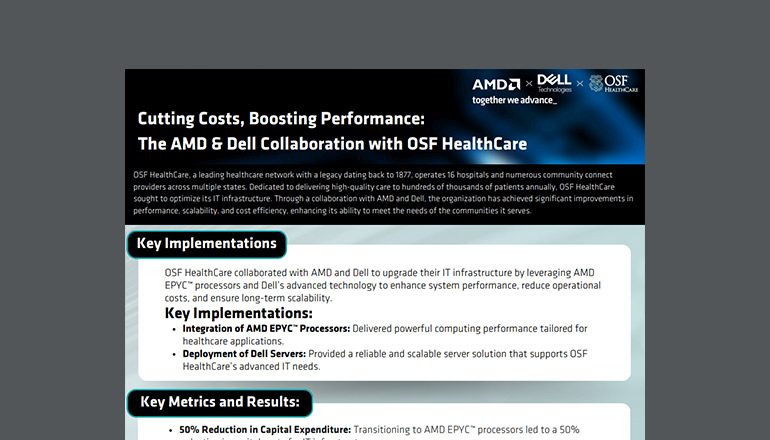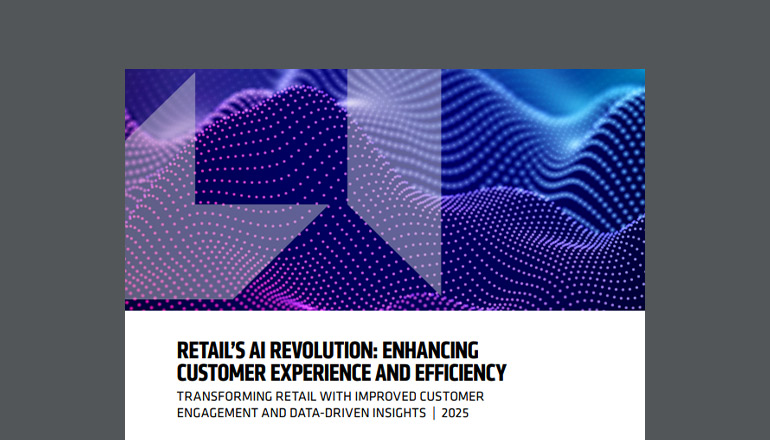Infographic text included for screen readers:
XaaS Checklist: Should Your Organization Transition Away From Traditional Approaches?
Traditional models of IT infrastructure can inhibit digital transformation and lead to mounting tech debt. Discover how to thrive in the modern world with as-a-Service (aaS) solutions and refocus on driving strategic goals.
Unpacking the difference between these two approaches
Traditional:
- Create vendor lock-in
- Inflexible, high costs
- Limit scalability and require capacity planning
- Lifecycle management by internal team
aaS
- Allow integration of multiple vendor solutions across storage, compute, network and more
- Financial flexibility and predictable spending with consumption-based pricing
- On-demand scalability
- Upgrades and management handled by vendor(s)
Is Anything as a Service (XaaS) right for your organization?
Are you feeling the pressure of tech debt from traditional approaches?
Traditional models require you to carry the responsibility of hardware lifecycles, refreshes and upgrades. As time goes on, significant upfront costs and complex capacity planning can prevent organizations from investing in upgrades — leading to legacy hardware. With XaaS approaches, organizations can grow with demand or scale back when things slow down. They can even take it one step further and offload the ownership of quickly aging hardware resources by tapping into managed services.
Is your organization experiencing a compelling event?
Whether a support renewal is approaching, assets are reaching End of Life (EOL) or a large strategic shift is on the horizon, decision-making periods like these can allow organizations to evaluate if what they’ve been doing is the best fit. If your organization is in similar circumstances, it may be a good idea to consider how XaaS offerings could accelerate transformation with reduced risk.
Do you feel CapEx spending is limiting innovation in your organization?
CapEx is the way things have always done things — and that mindset can be a significant hindrance to innovation. Organizations that leverage XaaS solutions often find their internal IT teams can refocus on more strategic initiatives and cost savings can be reinvested into the pursuit of other goals.
Examples of XaaS solutions
- Storage as a Service (STaaS): With data and AI becoming more crucial to decisions than ever, STaaS provides a path to better data storage through an OpEx model. The ability to scale up quickly while maintaining higher resiliency than traditional on-premises solutions has many organizations turning to STaaS to support their goals.
- Network as a Service (NaaS): These solutions can help relieve internal staff of networking resources’ complex and time-consuming management tasks. Additionally, NaaS often results in a higher-performing network landscape for organizations while giving them access to cutting-edge security tools.
- Hybrid Cloud as a Service (HCaaS): HCaaS can be a valuable way to transition toward more cloud-based operations without having to tackle an organization-wide migration. This approach can give organizations a great balance of scalability and security while containing cloud costs.
Drive digital transformation with XaaS. Find out how a curated solution from Insight can help your organization meet its strategic goals. Learn more at Insight.com
Our valued partners
AMD, Cisco, Dell Technologies, Hewlett Packard Enterprise, Intel, Lenovo, NetApp, Pure Storage




